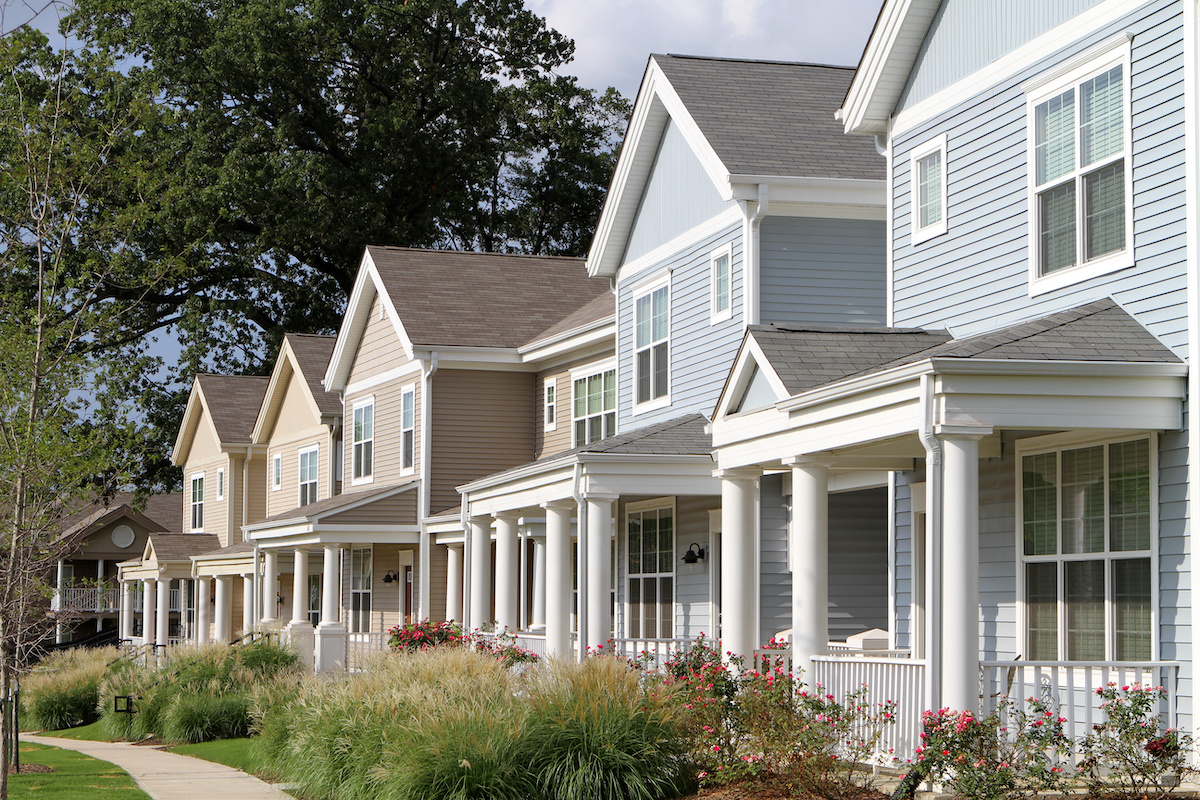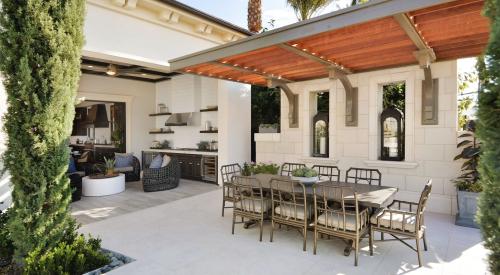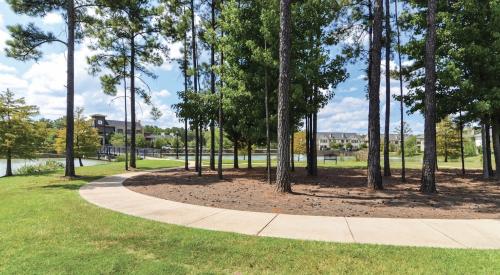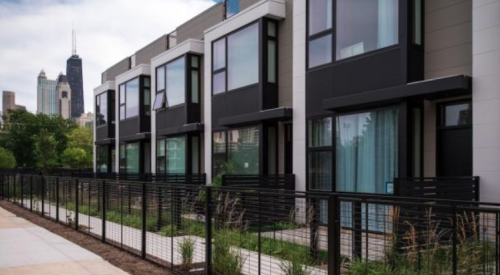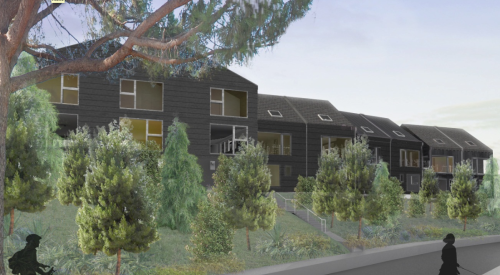Architects, planners, and developers say that the pandemic will not cause any dramatic shifts to community planning, but there will be a refreshed appreciation for four community elements. The first, a greater emphasis on remote working opportunities, could manifest itself as an uptick in shared co-working spaces rather than a central office, Don Powers of Union Studio Architecture & Community Design told the National Association of Home Builders. Safer ways to socialize may also play a large role in the future of communities, and ties into another idea that there will be a greater balance of community and privacy.
“I think there will be renewed appreciation for things we already have, particularly outdoor spaces that allow us to interact without making physical contact — specifically the front porch,” says Don Powers, AIA, CNU, LEED AP, founder and president of Union Studio Architecture & Community Design in Providence, R.I.
Before automobiles, says Powers, Americans knew how to achieve the correct balance of being part of a community and being in their private realm. The front porch functioned as a social connector to neighbors and visitors passing by. Once automobiles came along, home owners began entering from the rear where the garage was located, and lifestyles shifted to the backyard.
He thinks the pendulum will swing back, and we are going to rediscover the street and the porch as an outdoor room.
“When you’re on the front porch, you’re not in the street, but you’re not in the house,” he says. “You’re in a protected, semi-private space.”
Some community-planning concepts are better suited to a post-COVID future, Powers says, specifically New Urbanism.
“The movement has always been about re-forming the way we make communities to prioritize that kind of public and semi-public world, as opposed to the way that we, in the past 50 years, have de-prioritized it [by sending] everybody to the patio or backyard,” he notes.
